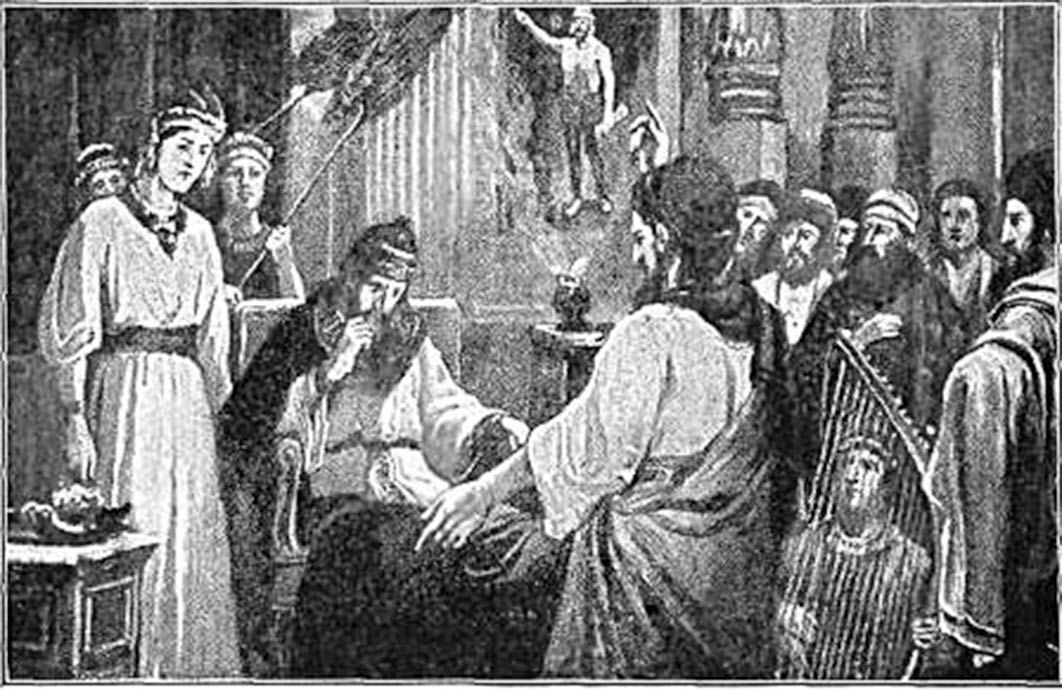
Anticipating Armageddon: The Interpretation of Daniel’s Dream
“But Daniel, keep this prophecy a secret; seal it up so that it will not be understood until the end times, when travel and education shall be vastly increased! (Daniel 12:4). The traditional date of the Babylonian captivity, the era in which the army of Nebuchadnezzar captured Jerusalem, is usually thought to be 586 BC. Historians now argue that other dates are more accurate, but that will do as well as any other. The story told in the Old Testament is that a great deportation took place. The cream of the Jewish nation was marched in slavery to Babylon. Among them was a young man named Daniel. He was to figure prominently in Babylonian/Persian/Hebrew history, and his story is told in the book of Daniel, an important book in the Hebrew Bible. The book of Daniel is sometimes called the ‘Little Book of Revelation’. In many ways it is the Old Testament equivalent of the New Testament apocalypse. It represents an important plank in the platform of most prophetic interpretive systems.

Daniel interprets Nebuchadnezzar's Dream W. A. Spicer - Our Day in the Light of Prophecy, Southern Publishing Association: Nashville, Tennessee.(1917) (Public Domain)
Those who believe that it tells the future of the human race are in good company with scholars of long ago. Josephus, a Hebrew historian who lived circa 40-100 AD, wrote in his monumental Antiquities of the Jews that when Alexander the Great was shown the Book of Daniel, wherein Daniel declares that one of the Greeks would destroy the empire of the Persians, Alexander supposed that he himself was the person intended.
Whether or not Daniel actually wrote the book that bears his name, the text purports to outline a progression of nations, beginning with Babylon and continuing through Persia, Greece, and Rome, ending with, according to some interpretations, a revived European Empire at the end of time, during which the Messiah will come. But there are problems with this book that are not always apparent when someone simply picks up a Bible and begins to read.

Saint Paul Writing His Epistles by Valentin de Boulogne (1650) Blaffer Foundation Collection, Houston (Public Domain)
Different Bibles, Different Daniels
First, different Bibles contain different versions of Daniel. Roman Catholic and Eastern Orthodox Bibles have entirely different versions than are found in Protestant Bibles. Protestant Bibles omit sections called Daniel and Susanna and Bel and the Dragon, as well as an addition to chapter 3 called The Prayer of Azariah. Also, one of the requirements for including books in the Hebrew Bible, established by the rabbis at Jamnia when the canon was said to have been settled and fixed in its present form, was that books had to be written in Hebrew. But only parts of Daniel were written in that language. Chapter 2, verse 4, through chapter 7 was written in Aramaic.
The interpretive difficulties do not end with questions of what belongs or does not belong in the text. The oldest, and therefore supposedly most reliable, complete version of Daniel known today is a Greek translation copied by Origen in the third century AD. Many scholars accuse him of both editing and allegorizing scripture.
Besides all this, Daniel 9 is probably the most difficult chapter to interpret in the whole Bible. There are hundreds of fragments for scholars to pore over, and very few of them are exactly alike. According to conservative Christian theologians, that chapter contains the principal prophecy concerning the Church Age and the final seven years of history leading up to the battle of Armageddon.




